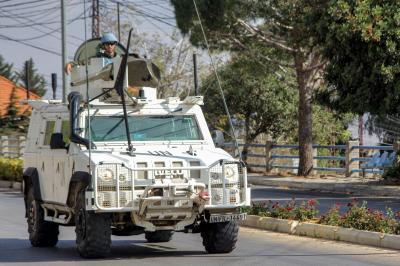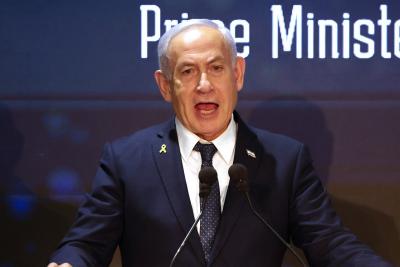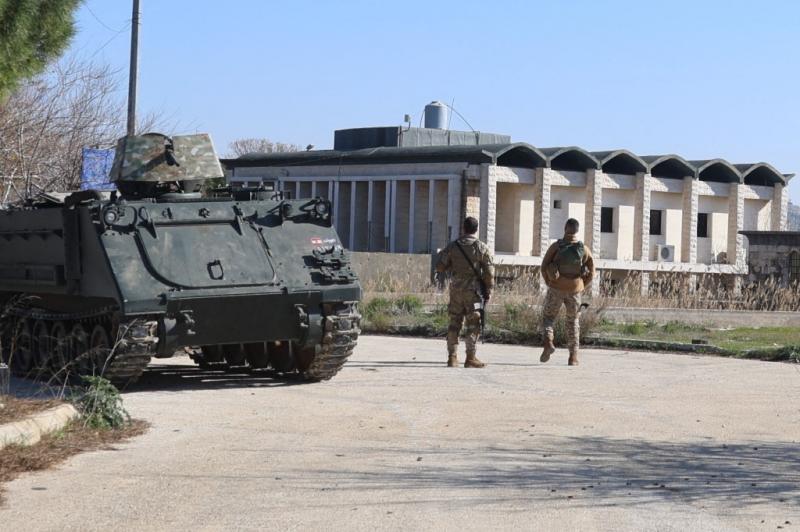When U.S. envoy to the Middle East Steve Witkoff states that normalization between Lebanon, Syria, and Israel is now a “real possibility,” it strongly suggests that the widely circulated reports about the U.S. giving Lebanon a two-month deadline to disarm Hezbollah are more than just rumors—especially in the absence of any official and unequivocal denial.
Coupled with U.S. envoy Morgan Ortagus’s call for Lebanon to form three negotiation committees with Israel concerning borders, prisoners, and the implementation of UN Resolution 1701 in the South, it becomes evident that the U.S. administration is in a hurry. It seeks normalization between Lebanon and Israel just as urgently as it wants to normalize ties between Israel and the newly emerging Syrian authority.
The continued Israeli violations of the ceasefire—airstrikes on what it labels as military sites and the assassination of Hezbollah leaders via drones—are clearly pressure tactics meant to push Lebanon toward normalization with Israel. Simultaneously, Israeli air raids on key Syrian military and strategic locations, along with territorial encroachment in southern Syria, are part of the same pressure campaign aimed at enforcing Israeli-Syrian normalization. The two normalization tracks appear to be deliberately linked.
Meanwhile, Washington aims to close the file on Gaza within the same 60-day timeframe. The temporary truce agreement between Hamas and Israel has collapsed, giving way to a severe military escalation, even as Witkoff reiterated U.S. support for the two-state solution—on the condition that Hamas disarms and holds no authority in Gaza.
The two-month deadline reportedly also applies to Yemen's Houthi movement, “Ansar Allah”, demanding they cease attacks on Israel and stop disrupting maritime navigation in the Red Sea and the Arabian Sea.
Beyond Syria and its evolving political leadership following recent developments in the coastal region, insiders familiar with Washington’s stance say the U.S. and Israel reject any scenario in Lebanon that ends in a “no winner, no defeated” outcome. Instead, they are pushing for normalization, treating the recent war as one that concluded with Hezbollah’s defeat—thus justifying a political agreement based on that outcome. The new Lebanese leadership, they argue, should proceed accordingly, by fully implementing Resolution 1701 and eventually signing a peace treaty or normalization deal.
While the Lebanese government engages in diplomatic efforts to finalize Israel’s withdrawal from remaining occupied lands in the south and pushes for a return to the 1949 armistice agreement—hoping this will normalize border conditions without the need for formal normalization—some political factions continue to insist on Hezbollah’s disarmament. Hezbollah, for its part, refuses and maintains that the matter should be addressed through a national defense strategy, which acknowledges the state's exclusive right to weapons and decisions of war and peace.
Amidst all this, Hezbollah, its support base, and several allied political forces remain deeply concerned by Israel’s ongoing violations of the ceasefire and rising tensions along Lebanon’s eastern and northern borders with Syria—particularly after recent clashes that were handled militarily, but not politically. Some voices have even revived the idea of deploying international forces to these border regions, a notion previously floated years ago. This comes as officials from the new Syrian leadership continue to issue threats of invading Lebanon to retaliate against Hezbollah.
Diplomatic circles, meanwhile, are reading regional developments—including the renewed war on Gaza, escalating airstrikes in Yemen, and looming instability in Iraq—as precursors to a devastating U.S.-Israeli military strike on Iran’s nuclear and strategic infrastructure. The goal? Realizing the non-ending repeated ambition of “changing the face of the Middle East,” as phrased by Benjamin Netanyahu, or establishing a “New Middle East,” as framed by the Americans. For Netanyahu, this means dismantling the “Axis of Resistance,” led and supported by Iran.
Washington essentially shares Netanyahu’s objective but still prioritizes diplomacy, reserving military action as a last resort. This stance was reflected in former President Donald Trump’s recent message to Iran, conveyed via the UAE, which adopted the classic “carrot and stick” approach.
Interestingly, Trump’s 60-day window also appears to apply to Iran. Tehran’s leadership is still examining the contents of Trump’s message, but early indications from diplomatic sources suggest Iran rejects key aspects—mainly demands to curb its nuclear program, which it insists is peaceful, and to limit its regional influence and support for resistance movements against Israel. Supreme Leader Ali Khamenei has flatly refused to label these groups as “Iranian proxies,” describing them instead as “resistance movements” and affirming that Iran does not need proxies to defend itself.
As the world waits for Iran’s formal response to Trump, Washington and Tel Aviv are laying the groundwork to move forward with their vision of “changing the Middle East.” Diplomatic observers suggest that this goal—shared by the U.S. and Israel—boils down to one of two options: either changing Iran’s face or changing its course. The former implies toppling the regime through internal unrest triggered by military strikes or pressure, without the need for a full-scale war. The latter envisions a diplomatic agreement with Iran on its nuclear program and regional role, one that would satisfy Tehran enough to persuade it to retreat from regional entanglements in exchange for non-interference in its own affairs.
In any case, current U.S.-Israeli behavior points toward an increasing likelihood of a military strike on Iran, along with efforts to neutralize what they see as its regional “proxies.”
 French
French














